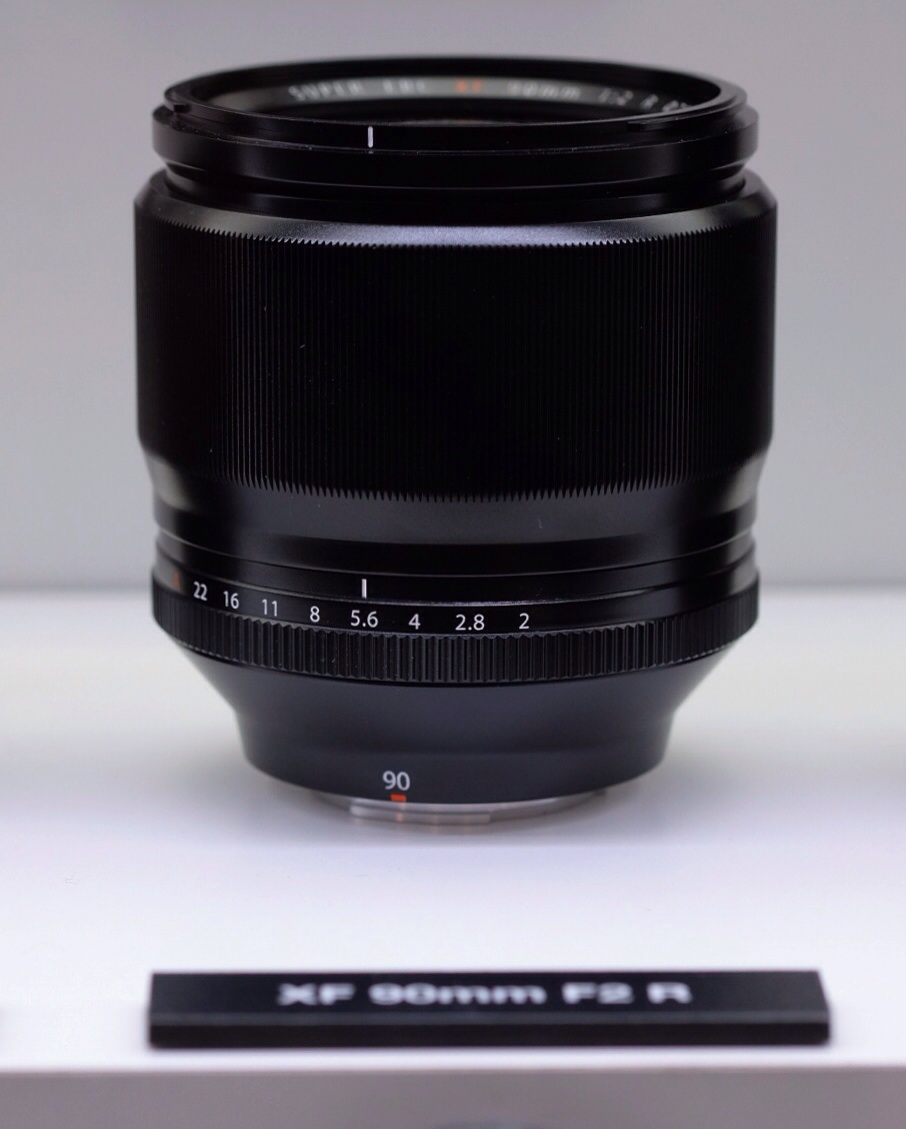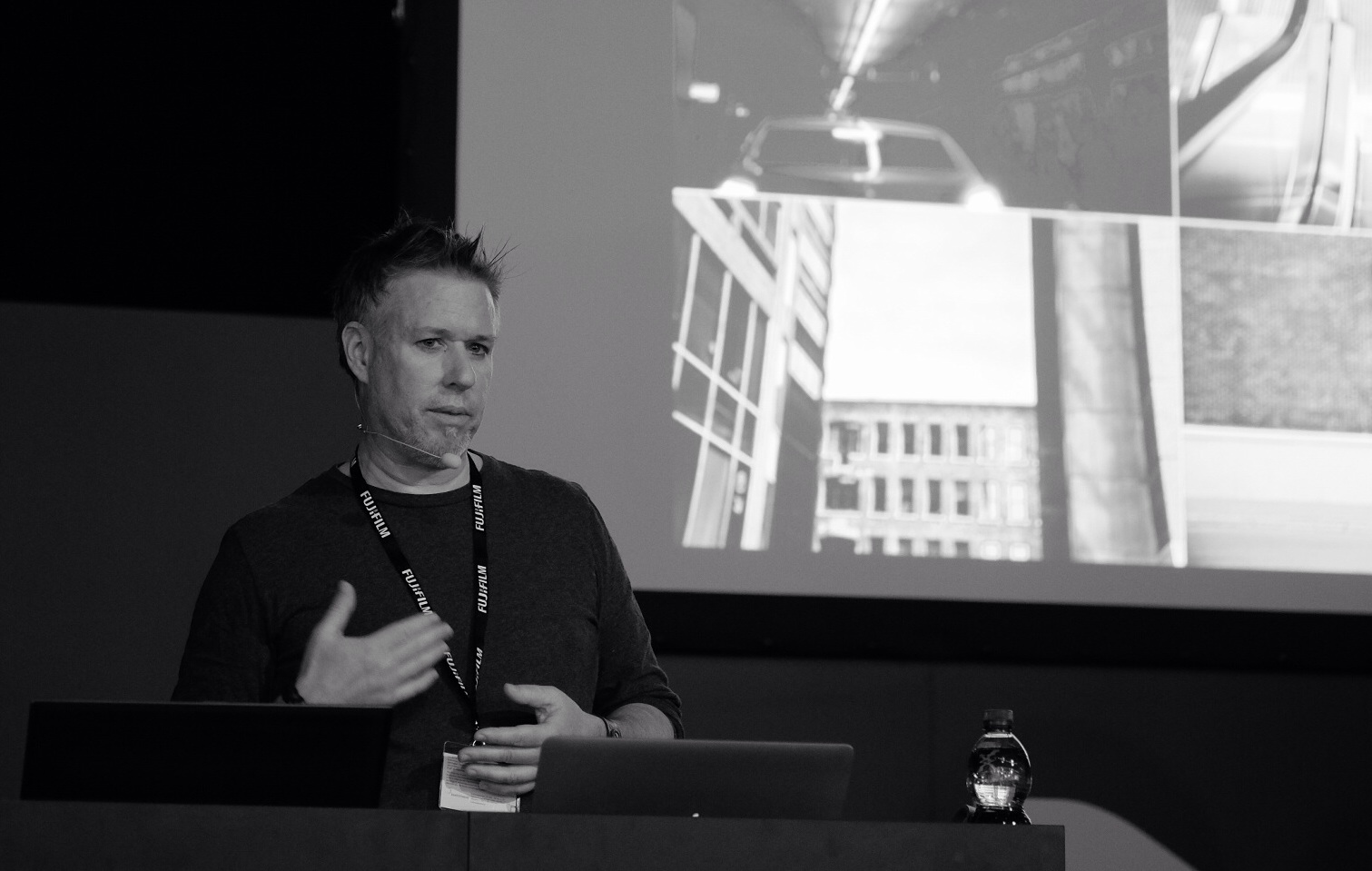Photokina Day 2 – Capture One 8
/Introduction
In my recent RAW Converter for X-Trans comparison, it quickly became clear that Capture One 7 offered fairly substantial improvements to image quality for X-Trans sensors over other big all-in-one solutions, Lightroom and Aperture. Yesterday, I received an email to inform me that version 8 of Phase One’s software had been announced. Today I sat with a very knowledgeable member of the Phase One team to talk through the changes to Capture One, and what improvements have been made (or will be made) for Fuji shooters specifically.
Improved Catalogues
Catalogues have been improved, but the big deal is full catalogues can be imported from both Aperture and Lightroom. This is great news for Aperture users looking for a place to turn after Apple’s announcement support would be discontinued, and for Lightroom users looking to get more from their RAFs.
The import process is “pretty smart” according to Phase One. Not only will metadata be preserved (ratings, labels, etc.), but some basic editing will also be pulled into Capture One. This includes things like Exposure, Brightness, and Contrast. Local adjustments of course won’t be preserved, nor will adjustments like Clarity and Definition as they don’t have direct equivalents.
It will be interesting to see just how well this import process works, but it’s nice to know something like this is available.
Tethering
Tethering isn’t supported for Fuji cameras, and there are currently no plans to do so. This is a real shame, but like a lot of items not yet available to Fuji users, if the demand is there, it will happen. If you want tethering in Capture One, let Phase One know. They are listening.
Edge Selection
Edge Selection isn’t supported yet, but they are working on it. Because of the X-Trans sensor, they have to work things like edge selection a little bit differently. It’s good to know it’s in the works.
User Interface
No more crappy menu bar texture! The Phase One dev I talked to didn’t like it either. Overall the UI is much nicer. Cleaner, and without those terrible drop shadows. Very pleased.
Unfortunately full screen mode still doesn’t work the way most people would probably like, but this is another area they are working on, so hopefully we’ll be able to go wide screen and have the panels show always soon.
Shadows and Highlights
These two features have been completely rewritten. When you import a version 7 catalogue, you will be presented with the option to use the new version 8 engine, similar to Lightroom going from 2010 to 2012. Version 8 turns on new algorithms for Shadows and Highlights. The result could be considered as slightly less overall recovery, but the transition between recovered and unrecovered portions of the image are much more natural. This was demonstrated very clearly for me.
Clarity
A “Natural” clarity method joins “Neutral,”“Classic,” and “Punch.” I haven’t had an opportunity to check out the differences yet.
Local Adjustments
Capture One catches up to Lightroom a bit in this area with the addition of White Balance and Noise Reduction local adjustments, but also adds HDR as a new one. This sounds like it could come it really handy.
Aberration Correction
In previous versions of Capture One, fringing could be “over-corrected,” resulting in grey edges where the fringing was. It can now be scaled back for improved correction.
X-Trans Performance
For now, X-Trans rendering is strictly CPU bound. We won’t get to enjoy the GPU optimizations that DSLR owners will. This might not be so bad for owners of computers that lack a discrete GPU, but Phase One are looking into ways of bringing those optimizations to us. Again, the more they hear users want X-Trans support, the more likely they are to provide it, so let them know.
Fortunately, X-Trans CPU performance has increased in many areas from 1.5x all the way up to 2x.
In general there’s been a lot of recoding on the Mac in particular for optimization, and further stability improvements. So far I’ve found 7 to be really solid, but more stability is always welcome.
Image Quality and Camera Support
There have been overall improvements to image quality for X-Trans and preliminary support for the X30 has also been added.
Missing In Action
I asked about a before and after keyboard shortcut, and it’s still missing. They seem content with the creation of Varients as a history and don’t believe that seeing the image as it appeared at import compared to where the image has been taken is very important. This is a matter of opinion, but the real problem is the Browser must be explicitly selected for one to arrow back and forth between two Varients. I watched the dev search for a faster method, but none existed, so I think it may have sunk in a little that they’re still way behind Lightroom, Aperture, and even Nik in this area. Capture One needs a way to see the Before at all times with one keyboard shortcut.
Conclusion
With all these improvements, and Capture One 7’s already superior demosiacing, it’s getting really difficult to not switch over entirely. I intend to do just that once I get home and can download the update.
























